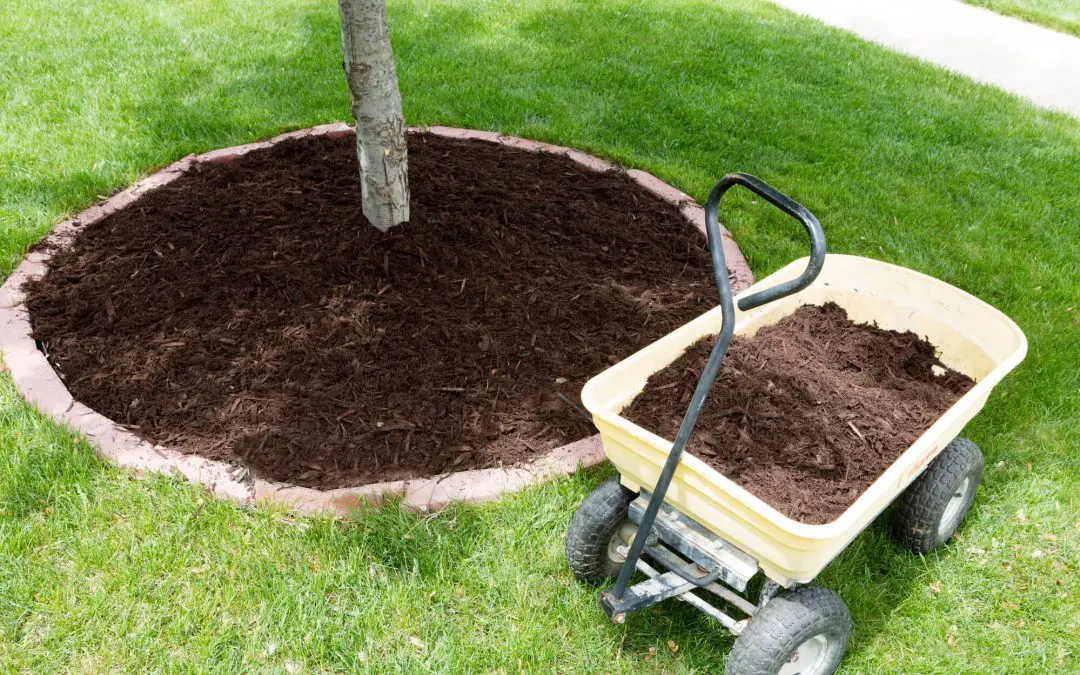Landscaping your outdoor space enhances the beauty and functionality of your property. However, many believe achieving a stunning landscape requires a hefty budget. With some creativity, careful planning, and strategic decisions, you can create a beautiful outdoor oasis without spending a fortune. Let’s explore some practical tips for landscaping on a budget.
1. Start with a Plan for Landscaping on a Budget
Before you begin any landscaping project, have a clear plan in place. Envision how you want your outdoor space to look and function. Consider the layout, desired features, and themes or styles you want to incorporate. A well-thought-out plan will help you make informed decisions and avoid costly mistakes.
2. Set a Realistic Budget
Once you have a plan, determine how much you’re willing to spend on your landscaping project. Be realistic about your budget and prioritize the features that are most important to you. Allocate funds accordingly, focusing on essential elements like plants, hardscape materials, and mulch. Remember that you can always tackle additional projects in the future as your budget allows.
3. DIY Where Possible When Landscaping on a Budget
One of the most effective ways to save money on landscaping is by tackling the labor yourself. Many landscaping projects, such as planting flowers, laying mulch, or building simple garden structures, don’t take much expertise or equipment. Take advantage of online tutorials, gardening books, and community resources to learn new skills and techniques. By doing it yourself, you’ll save money and gain a sense of pride and accomplishment.
4. Choose Low-Maintenance Plants
When selecting plants for your landscape, opt for low-maintenance varieties well-suited to your climate and soil conditions. Native plants are often an excellent choice as they require less water, fertilizer, and pest control than exotic species. Consider incorporating perennial plants that will return year after year, reducing the need for replanting and ongoing maintenance.
5. Shop Smart for Materials
When it comes to hardscape materials such as pavers, stones, and edging, shop around for the best deals. Visit local nurseries, home improvement stores, and online retailers to compare prices and quality. You can also inquire about discounted or clearance items that may be available. Keep an eye out for sales, promotions, and seasonal discounts to maximize your savings.
6. Repurpose and Upcycle
Get creative with your landscaping by repurposing and upcycling materials you already have or can acquire inexpensively. Old pallets can be transformed into raised garden beds, while reclaimed bricks or stones can be used for pathways or retaining walls. Look for opportunities to salvage materials from construction sites, thrift stores, or even your own property to add character and charm to your landscape without spending a fortune.
7. Take a Phased Approach
If you have ambitious landscaping goals but limited funds, consider taking a phased approach to your project. Break down your plan into smaller, more manageable tasks and tackle them one at a time as your budget allows. This approach will enable you to make progress over time while spreading out the financial investment. Plus, it gives you the flexibility to adjust your plans or priorities as needed along the way.
8. Embrace Simplicity When Landscaping on a Budget
Remember that sometimes less is more when it comes to landscaping. Embrace simplicity in your design by focusing on clean lines, minimalistic features, and thoughtful plant choices. A well-designed landscape doesn’t have to be overly elaborate or expensive to be beautiful. By keeping things simple and streamlined, you will create a timeless and elegant outdoor space that is both visually appealing and budget-friendly.
Landscaping on a budget is entirely achievable with careful planning, creativity, and resourcefulness. So roll up your sleeves, unleash your imagination, and get ready to enjoy the rewards of your budget-friendly landscaping efforts.
Spring Landscaping FAQ
How can I attract pollinators to my spring garden?
Planting nectar-rich flowers like lavender, coneflowers, and bee balm, as well as providing water sources, will help attract pollinators like bees and butterflies.
What types of plants thrive in spring landscapes?
Spring-blooming bulbs like tulips and daffodils, early-flowering shrubs such as forsythia and lilacs, and cool-season vegetables like lettuce and peas are excellent choices.
What are some essential spring landscaping tasks?
Tasks include pruning shrubs and trees, fertilizing soil, removing weeds, aerating the lawn, and inspecting irrigation systems.
How can I maintain my spring landscape throughout the season?
Regular watering, mulching to conserve moisture, monitoring for pests and diseases, and ongoing maintenance tasks like weeding and pruning will help keep your landscape vibrant throughout the spring and beyond.
Inspect It Neil offers professional home inspection services to customers in New Jersey. Contact us to schedule an appointment.

